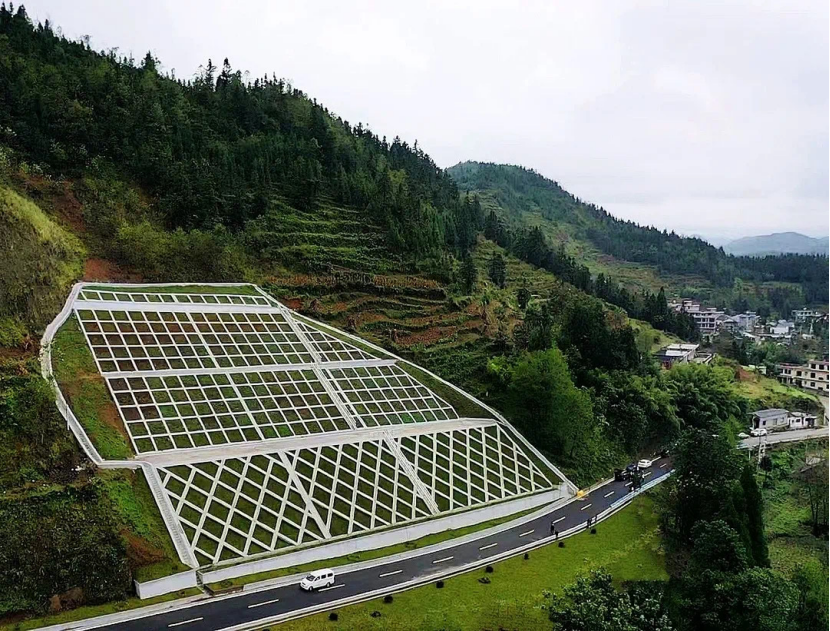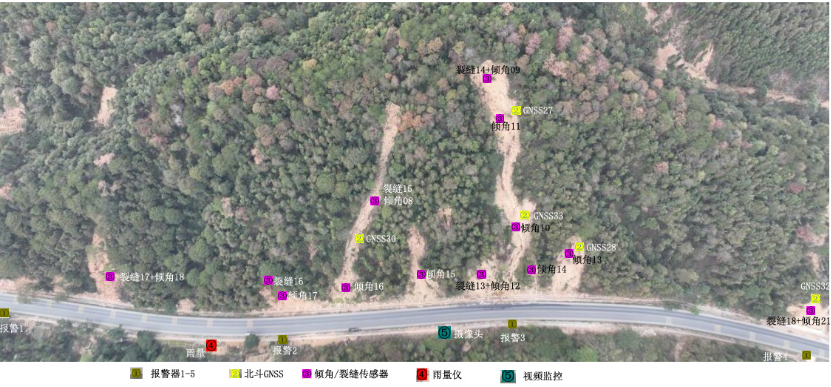- 2023-05-12 -
May 12 marks China’s 15th National Disaster Prevention and Reduction Day. In line with President Xi Jinping’s directives on enhancing China’s natural disaster response capabilities and under the unified deployment of the Party Central Committee and the State Council, the Ministry of Transport (MOT) has spearheaded a comprehensive survey of infrastructure attributes and natural disaster risks for highways and waterways nationwide. This initiative, led by the MOT’s Highway Bureau, lays a solid foundation for disaster prevention and control efforts.
Wu Chungeng, Director of the MOT Highway Bureau, explained that during the first national comprehensive natural disaster risk survey, the transportation sector developed a set of disaster risk zoning maps and established a natural disaster database. This effort has provided a complete picture of infrastructure attributes and disaster risks for highways and waterways.
Faced with high technical demands, complex coordination challenges, and no existing precedents, the transportation industry pooled its expertise, adhered to strict timelines, and ensured steady progress in the survey.
In October 2020, MOT issued the Implementation Plan for the Natural Disaster Risk Survey of Highways and Waterways. In March 2021, it released the Technical Guidelines for the Natural Disaster Risk Survey of Highways, standardizing survey methods and content.
With robust technical standards in place, the industry united its efforts. By May 2021, it completed a national pilot survey, followed by a special survey for the Beijing Winter Olympics region in October 2021. By the end of 2021, the survey covered 5.28 million kilometers of highway infrastructure, collecting over 4.25 million data points on roads, bridges, and tunnels, 100,000 entries on high slopes, and 220,000 records on natural disaster risks.
To ensure data accuracy and efficiency, MOT coordinated over 140,000 grassroots personnel in technical training, cultivating a skilled workforce. Leveraging advanced tools like laser ranging and remote sensing image analysis, the survey provided critical insights into natural disaster risks in the highway sector.
Building on the survey data, MOT further conducted risk assessments and zoning for highway disasters. Qualitative and quantitative analyses evaluated the likelihood of disasters of varying intensities and their potential impact on infrastructure, producing national, provincial, and municipal risk assessment maps to guide disaster prevention and mitigation strategies.
Following the principle of "survey while applying, apply while delivering results," MOT issued the Guidelines for Applying Survey Findings on Natural Disaster Risks for Highways and Waterwaysin June 2022, aiming to establish a systematic disaster prevention and control framework during the 14th Five-Year Plan period.
Currently, MOT has completed a comprehensive natural disaster risk database for the transportation sector, integrating survey data with disaster damage records. The system incorporates real-time risk monitoring, dynamic risk management modules, and emergency resource data, enhancing disaster early warning, response, and information management.
Using survey data as a foundation, MOT continues to deepen the application of findings, effectively supporting national highway disaster prevention and relief efforts.
In 2022, MOT allocated over 1.6 billion yuan in disaster prevention funds to local highway authorities, enabling the treatment of nearly 5,000 kilometers of high-risk road sections and significantly improving resilience against natural disasters.

Case Study: Reconstruction of Huangjiazhai Disaster-Damaged Section on Provincial Highway 317 in Zhuhai Town, Panzhou City, Liupanshui, Guizhou Province
MOT is currently drafting the Technical Guidelines for Highway Natural Disaster Prevention Projects, optimizing implementation processes. Based on risk classification, priority is given to addressing Level 1 and 2 risks identified in the survey, with plans to eliminate high-level risks along highways during the 14th Five-Year Plan period to enhance intrinsic safety.
MOT encourages local innovations in applying survey findings, fostering region-specific solutions. So far, 15 provinces have implemented disaster risk monitoring and early warning systems, eight have developed technical standards for disaster prevention, seven have built digital disaster management platforms, and 19 have leveraged survey data to improve flood season preparedness.

Case Study: Jiangxi Transportation Authorities Use IoT for Highway Disaster Risk Monitoring and Early Warning
Moving forward, MOT will continue to implement President Xi Jinping’s directives on disaster prevention and the spirit of the 20th Party Congress, strengthening the application of survey findings to improve highway disaster resilience and support high-quality development in the transportation sector.
Reprinted from the Ministry of Transport
© Toehold Engineering Technology Co., Ltd.Shanghai